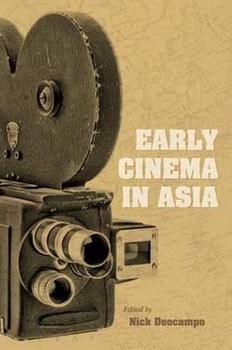News and Opinion
Early Cinema in Asia and One Print in the Age of Mechanical Reproduction

One of the favorites among the articles I have written is “One Print in the Age of Mechanical Reproduction,” a piece I wrote for the online peer-reviewed film journal Screening the Past. In it I tried to come to grips with one of the oddities that tends to define early cinema in Japan: the fact that for much of the silent period, film studios only produced one print of the movies they made, even though they had technology to produce many more. In a play on one of the translations of the title of Walter Benjamin’s famous essay, “The Work of Art in the Age of Mechanical Reproduction,” I was asking why the Japanese film world seemed to be shunning the definition of cinema as an art of mechanical reproduction.
The article was also an opportunity for me to engage in various methodologies. Basically, this was an exercise in industrial history, but I put forward and tested various hypotheses about the reasons for this practice, starting with the economic, but then proceeding to issues of society, politics, and culture. It was a way to start thinking about the material versus cultural determinations of Japanese cinema—or our inability to separate them. It also provided me with an early opportunity to talk about the culture of “mixture” I elaborated on in Visions of Japanese Modernity, and which Miriam Silverberg described in different terms in Erotic Grotesque Nonsense. While I don’t think it is one of my best essays, it was one I enjoyed writing and still think is important.

